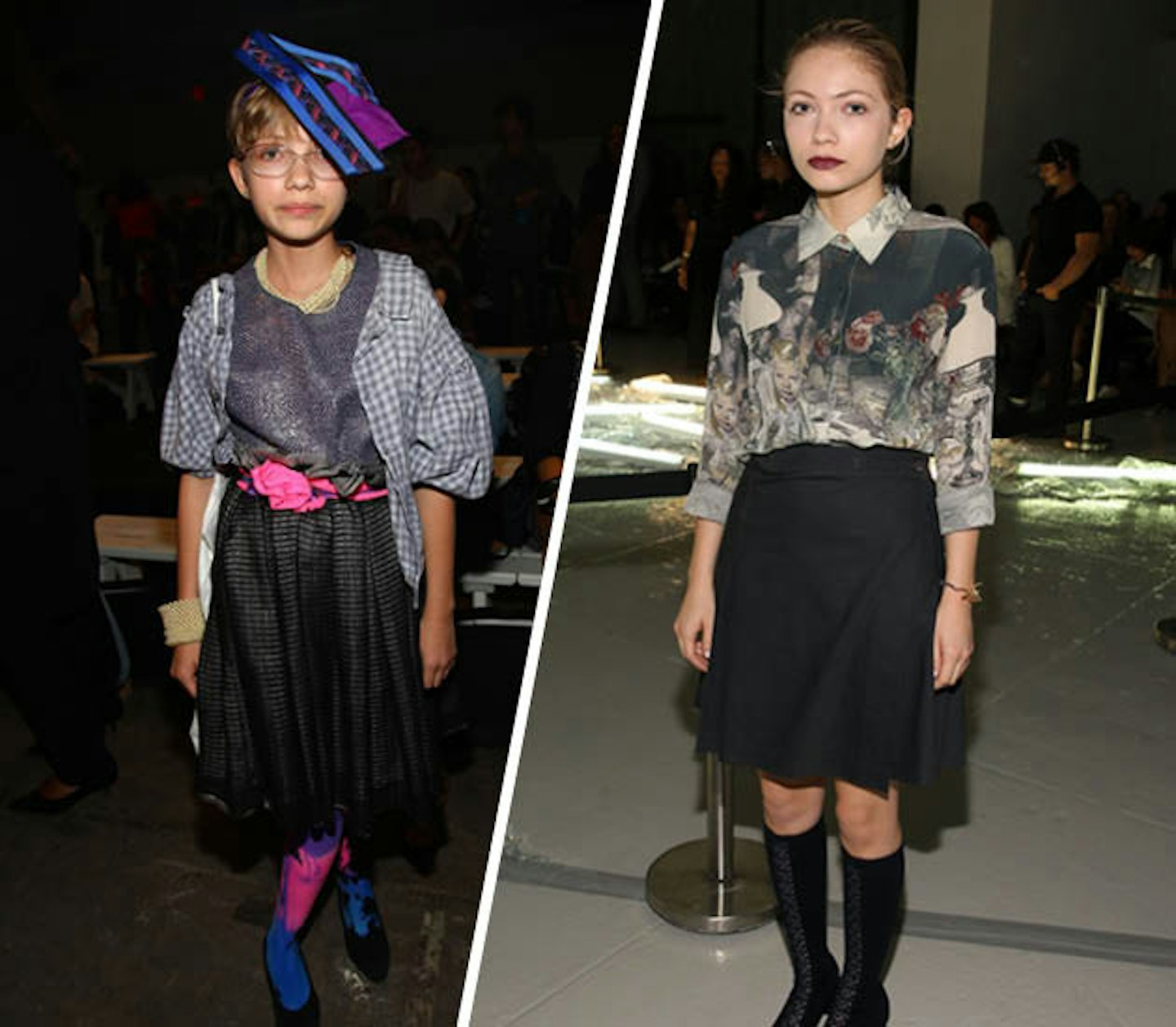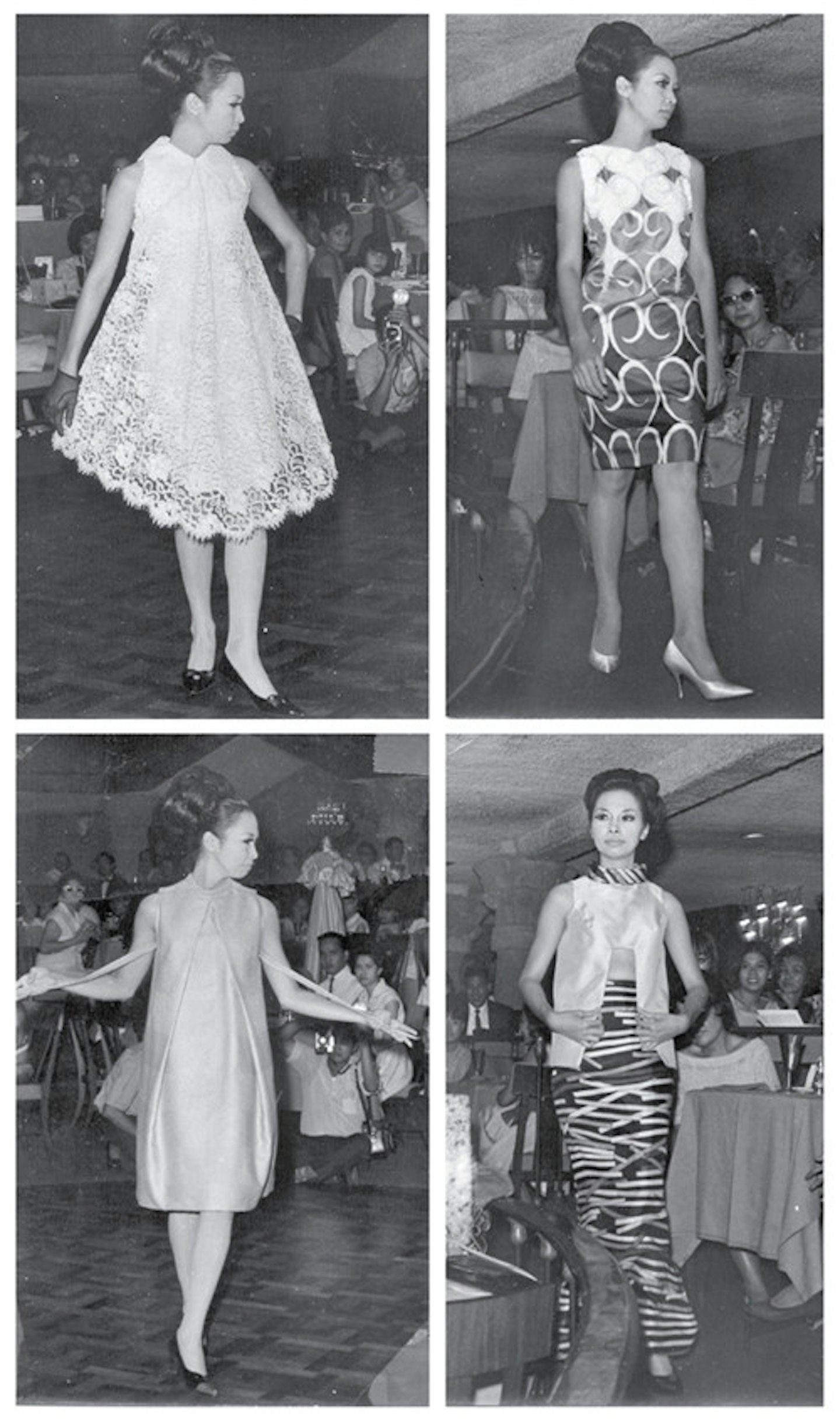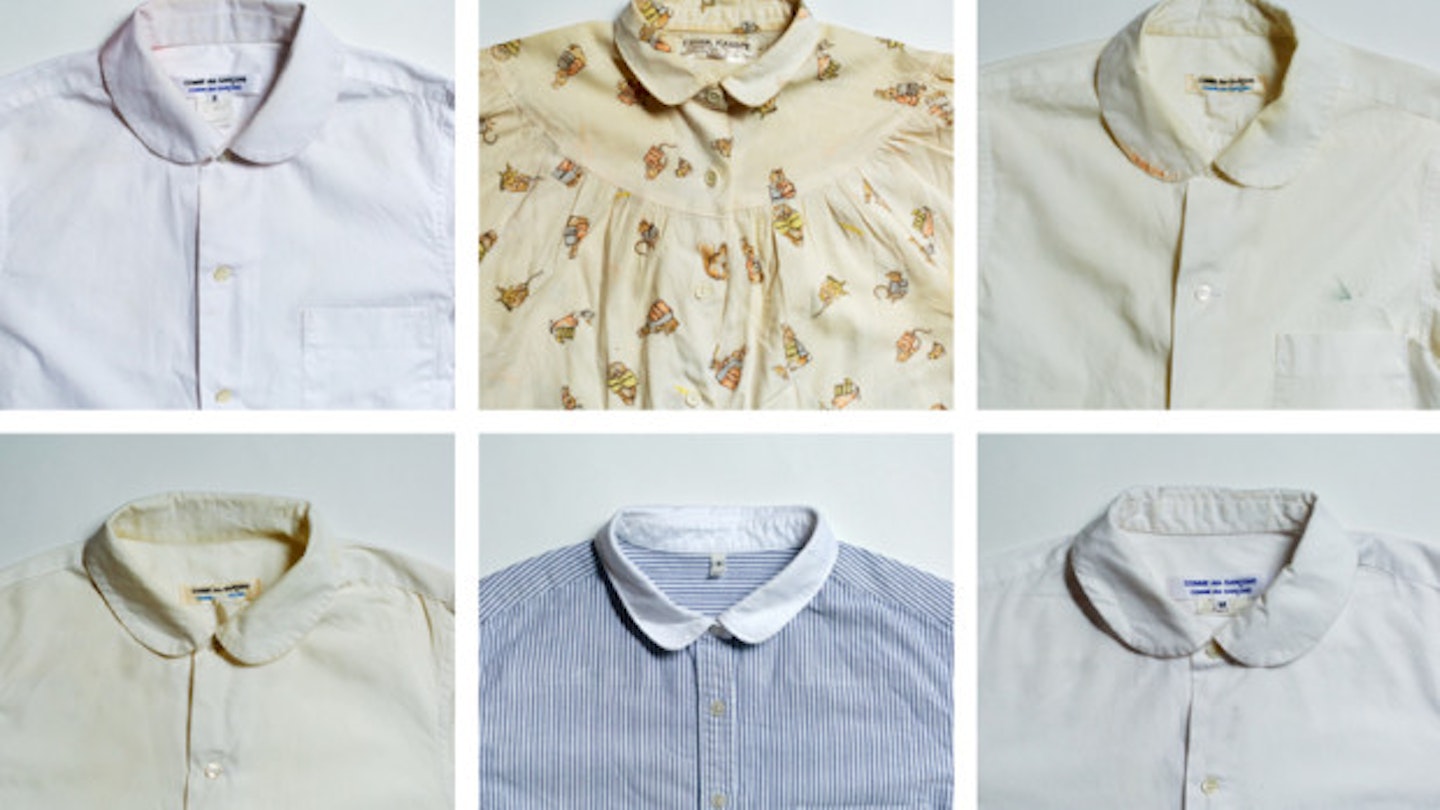When novelist Sheila Heti, she of twenty-something life bible How Should A Person Be?, found herself foxed by traditional style advice on offer in magazines and photographic tomes filled with supposed style icons, she decided instead to shine hear searchlight on a wider audience: every woman she could get her hands on.
So she set about interviewing over 600 women about what they wear, why they wear it, from the soaring highs of finding something that makes you feel like a total badass every time you wear it, to the releative lows of having discovered said item because you chased a woman down the street to ask her where she got her shoes.
The resulting style compendium - Women In Clothes- which includes entries from famous names including Lena Dunham, Tavi Gevinson, Molly Ringwald and Sonic Youth's Kim Gordon is a feast of delicious confessions of fashion dick-moves you know you've made too, touching stories of the memories behind treasured items and photographs showing the single-item hauls almost everyone has in their wardrobes. Go on, think about how many pairs of jeans you own right now?
But her biggest - and, let's be honest for us most relevant learning - is that it doesn't matter if you dressed like a dick when you were younger. Or even sometimes today. Here's what else we picked up from Sheila Heti and her co-authors Leanne Shapton and Heidi Julavits when we Skype chatted with them recently:
The Debrief: So, let's start with the basics. What are you each wearing right now?
Sheila Heti: Leanne is wearing her husband's suit jacket, a yellow T-shirt that says ‘Valley Girl’ and some plastic pants. Heidi is wearing as many of the things from her suitcase as possible because it's too full. We’re in the airport about to get on the plane from Toronto to LA. I'm wearing a new black sweater and socks that I bought yesterday before our launch because I was cold.
DB: Tavi recently said she doesn’t regret previous fashion choices, even though she sort of hates some of the things she used to wear now. Do you think it’s important to dress fearlessly?

SH: Yesterday we spoke to a group of women in business, one of whom spoke about herself as a punk teenager (you wouldn't have been able to tell today) and she said she was proud of how experimental she had been and liked and admired that person. She said that younger person dressed in a way that reflected how she felt, same as her older self does today. I think experimenting is great.
DB: I remember feeling like a total dick in a peaked cap I thought I should like at Uni and I can’t look at them now. Do you think personal style is a really emotional thing that’s shaped by your experiences?
SH: That's absolutely what we found and what the book reflects. How bound to one's own particular life experiences, one's family and cultural background, friendships, etc. dressing is. The intimacy of that process hopefully comes across.
DB: In terms of how style is an emotional experience, do you think the book would be massively different if it was surveying men?
SH: We had some men fill out the survey and there was a different tone and series of considerations. There were similarities too but it seemed from the dozen or so we read like a somewhat different constellation.
DB: Have you made any interesting style spots today? I've often heard people say airports are a great place to analyse style as really think about about what they wear to travel do you guys agree?
SH: Yeah. Heidi saw an American soldier in an airport when were giving out cards to women to encourage them to fill out our survey. She was wearing a uniform with such individuality. Heidi was obsessed with her for a few months. No wait. Years.
DB: She sounds amazing! How was she wearing her uniform?
SH: She seemed to have had it tailored to fit her. And she had long straight hair pulled back into a ballerina's bun.
DB: Heidi, was there anything about her style that ended up filtering into your own?
**Heidi Julavits: **We're all a composite of women we see, either strangers in airports or friends and family members. I'd bet that soldier learned how to dress from another woman in the military and a sister and a mother. What we found really interesting and unexpected was how few women cited fashion media as influencing their personal dressing choices.

DB: Yeah, I love that in the book, Lena Dunham said that one of her biggest style influences was ‘watching [Girls actress and childhood friend] Jemima [Kirke] get dressed in high school’. Was it especially important for Women in Clothes to tap the thoughts of normal women and famous women who are not know for fashion?
SH: We wanted the voices of all the women we were interested in—which was specific women in culture, and also every woman we could reach—women we didn't know who lived in other parts of the world from us; whose experiences of life were different from ours. Any woman in the world could have been in this book. If we could have kept going, we would have.
Like this? Then you might be interested in…
Catcallers Don't Care If You're Wearing Hotpants Or An Overcoat
The Pink Coat, The Poncho, The Pleated Skirt – Where Do These Trends Actually Come From?
**Follow Laura on Twitter @laurafleur
Women in Clothes: Why We Wear What We Wear, by Sheila Heti, Heidi Julavits, Leanne Shapton and 639 others, is published by Particular Books, priced £24
This article originally appeared on The Debrief.
